funeral practice I vocabulary
1/374
Earn XP
Description and Tags
MORT 3018
Name | Mastery | Learn | Test | Matching | Spaced |
|---|
No study sessions yet.
375 Terms
Aansprekers
City officials of the New Amsterdam Dutch in the American colonies who were hired to invite people to funerals.
Acolyte
An altar attendant of minor rank.
Adaptive Funeral Rite
A funeral rite that is adjusted to the needs and wants of those directly involved; one which has been altered to suit the trends of the time.
Administrator
A man/woman appointed by the court to settle the estate of a deceased person.
Advance Directives
Documents such as DNR's (Do Not Resuscitate) and living wills.
After Service Call
A call made on the surviving relatives after the funeral service by the funeral director or an assistant.
Algor Mortis
The cooling of the body immediately after death to room temperature and temporary stiffening of the muscles.
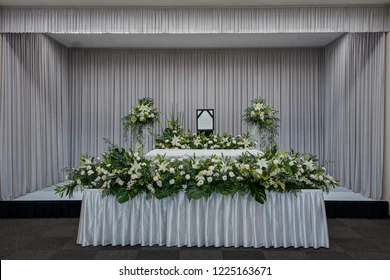
Altar
An elevated place or structure on which sacrifices are offered or at which religious rites are performed.
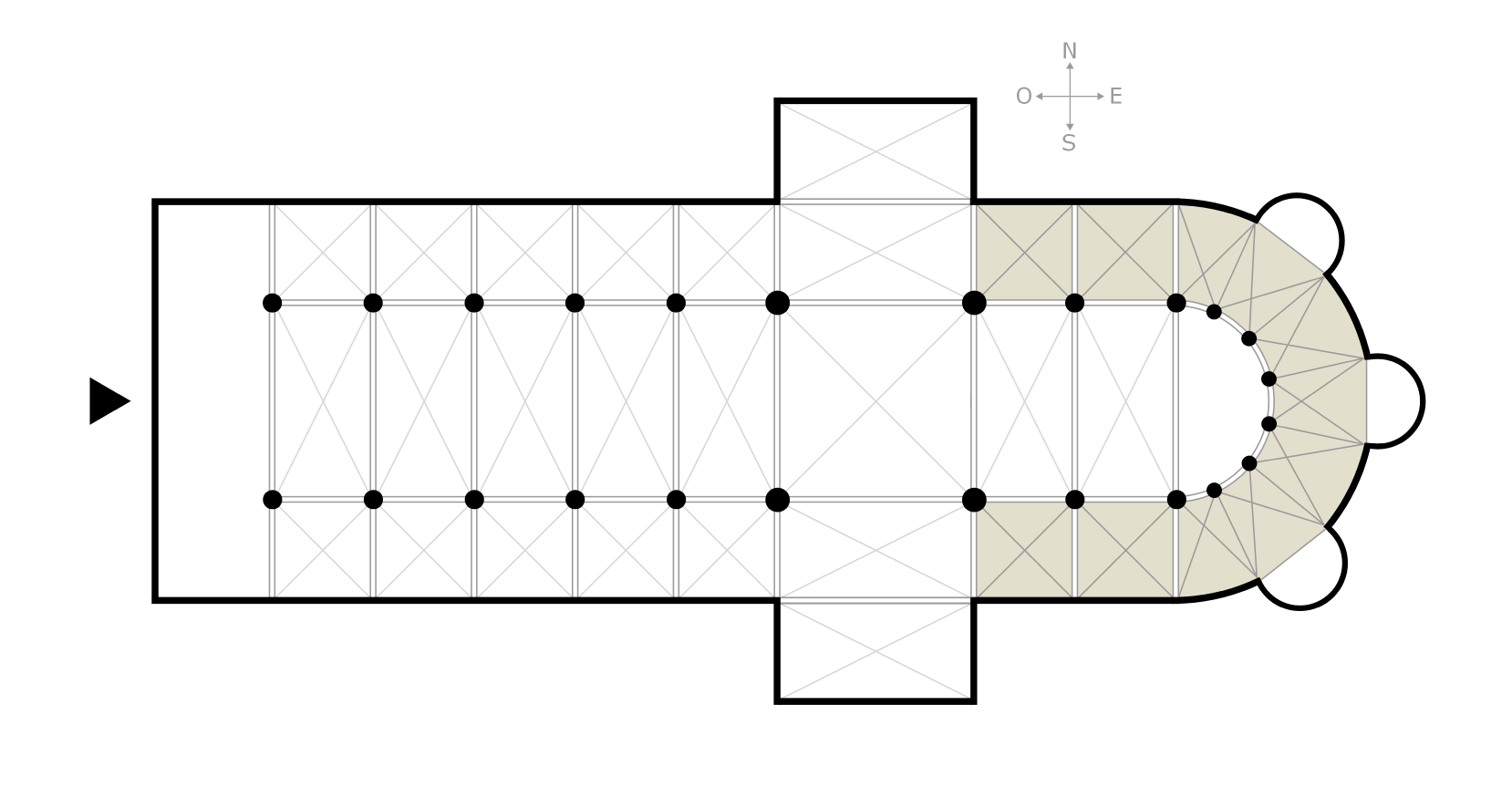
Ambulatory
Aisle round an apse.
American Board Of Funeral Service Education
Agency/organization with responsibility to accredit colleges and programs of mortuary science/funeral service education.
Anatomical Organ Donation
A gift of one's body or internal organs for transplantation or medical research and education.
Anticipatory Grief
A syndrome characterized by the presence of grief in anticipation of death or loss. The actual death comes as an affirmation of pre-knowledge.
Apprentice/Intern/Resident Trainee
A person registered for instruction in embalming and/or funeral directing under the supervision of an authorized licensed embalmer and/or funeral director.
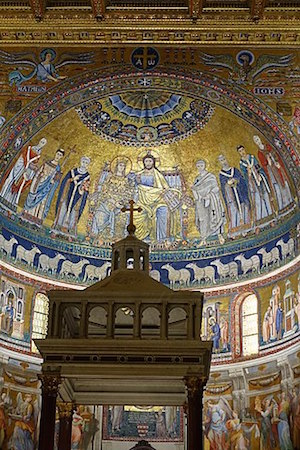
Apse
The vaulted wall at the back (behind the altar) or some churches.
Arrangement Conference
Initial meeting between funeral director and customer.
Arrangement Form
A printed form the funeral director uses in planning the details of a funeral service with the family or friends of the deceased.
Arrangement Room
A private room in the funeral home used specifically for the funeral director and the family to make funeral and financial arrangements.
Aspirate
Process of withdrawing fluids and gases from the body cavities.
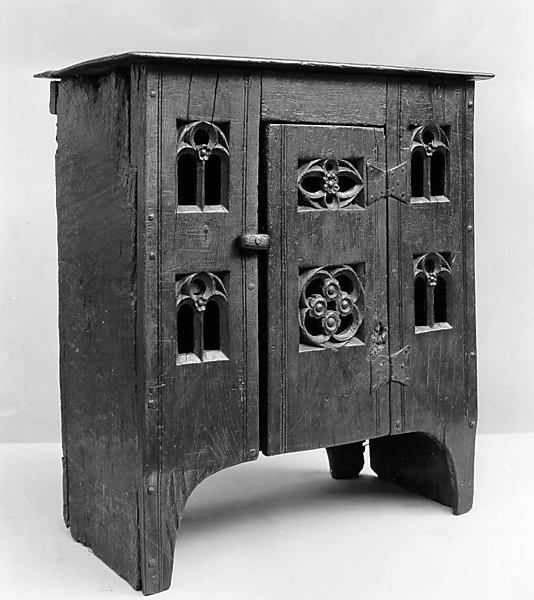
Aumbry
Recess to hold sacred vessels; typically in a chapel.
Automobile List
A list of automobiles used in the cortege showing the names of the occupants and position in the cortege.
Autopsy/Post Mortem Examination/Necropsy
From the Greek for to see for oneself. The medical dissection of remains for the purpose of ascertaining the cause of death through examination of the various body parts.
Background Drapes
Decorative drapes (usually made of velour) arranged on a frame and placed behind the casket as a background.
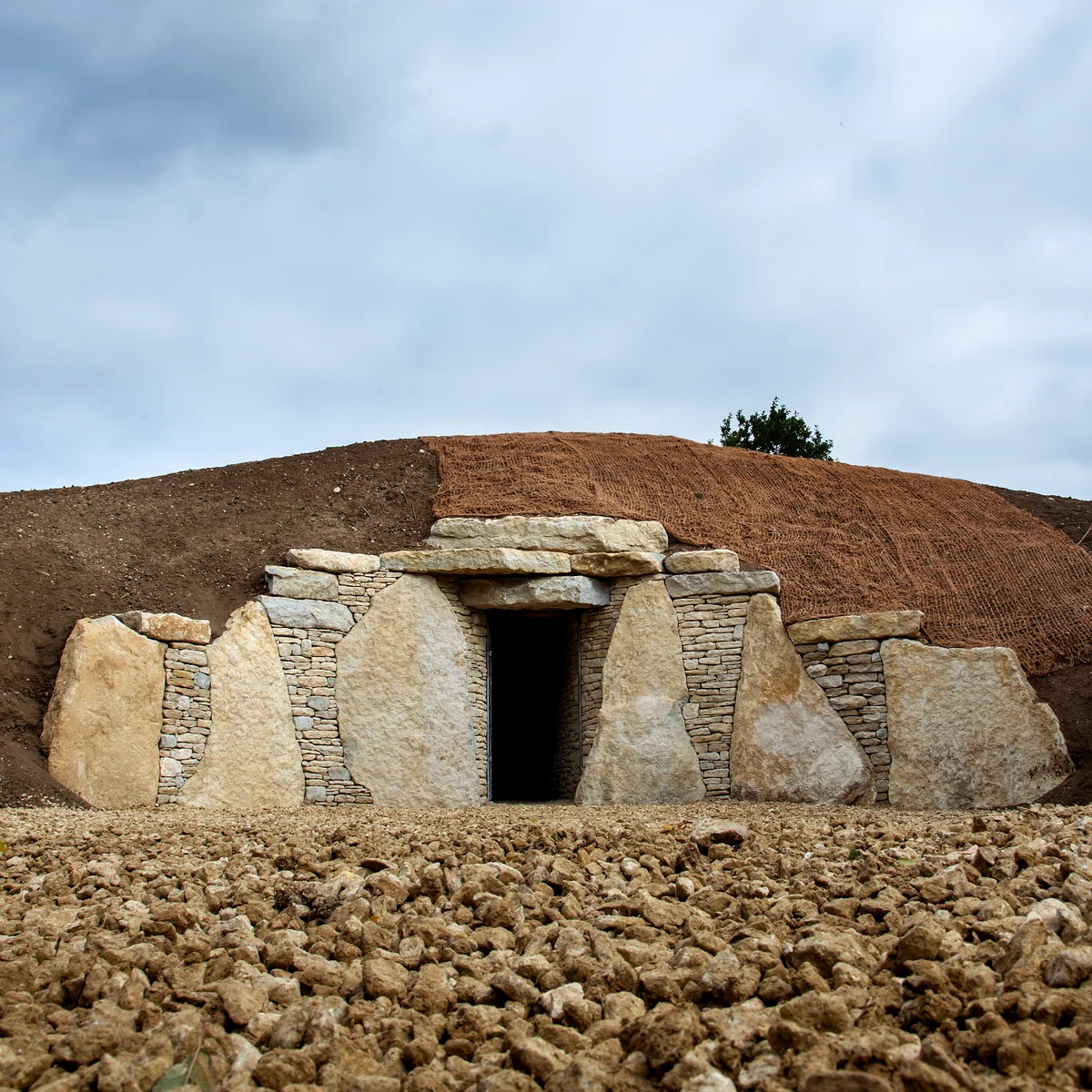
Barrow
Mounds of stones or dirt on top of the grave. (See Cairn)
Basic Services Of Funeral Director And Staff or “basic professional services”
Basic charge for overhead expenses
Share of taxes, licenses, utilities, and business expenses
consultation, admin, permits, planning, etc.
What is NOT included in the Basic Services of Funeral Director and Staff
embalming
facilities
staff
transportation
merchandise
cash advance items
Beneficiary
The person to whom the proceeds of a life insurance policy are payable; a person for whose benefit property is held in trust; a person given property by a will.
Bequest
A gift of personal property in a will.
Bequeath
To give via a will, to pass on.
Bereave
To be deprived of something valuable or beloved as by death. Also to take by force.
Bereaved
The immediate family of the deceased, or those suffering from grief upon the death of a loved one.
Bereavement
That event produced acute deprivation and dispossession due to the death of one on whom emotional capital has been invested.
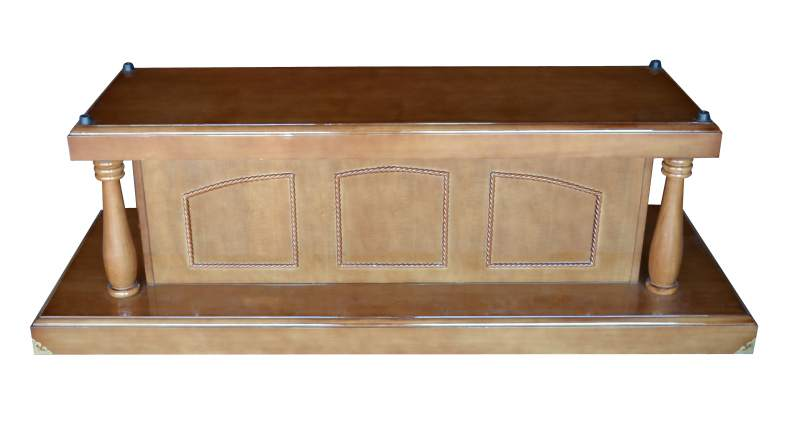
Bier/Catafalque
A framework for supporting a remains or a casket. Catafalque tends to be a more formal term and usually connotes a framework which is draped with cloth or crepe.
Blessed Candles
Candles used for religious rites which have been previously blessed by a priest.

Boutonniere
A button-hole flower.
Brain Death
A condition that results when the brain ceases to be conscious and the body operates only as a result of mechanical assistance. There are no brainwaves, movements, or responses to stimuli.
Double-depth
Ground burial where the caskets of two related individuals are placed on top of each other in a double depth vault or lawn crypt area.
Side by side
Ground burial where the caskets of two related individuals are placed side by side.
Burial Ground
A cemetery. In America, it usually refers to a cemetery containing the remains of Native Americans.
Burial-transit Permit
A legal paper issued by local officials. Required to transport a deceased person from their place of death to the final place of disposition (burial, cremation, etc.). It confirms that a death certificate has been filed and permits for the body to be moved
Burial Cache
A place of concealment for burial remains and objects.
Burial Garments
Wearing apparel made especially for the dead. Shroud.
Burial Insurance
An insurance policy in which the principal is paid in a funeral service and merchandise rather than cash.
Burial Site
A place for disposal of burial remains, including various forms of encasement and platform burials that are not excavated in the ground or enclosed by mounded earth.
Burial Vault
An outside enclosure designed and engineered to not only carry the earth load but to protect the casket and the remains from outside water in the grave. Originally intended to prevent grave robbery.
Cadaver
A body used for scientific study and dissection.
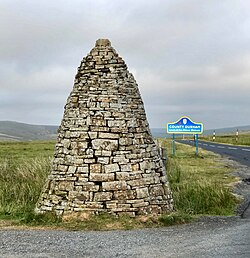
Cairn
A mound of stones marking a burial place.
Calcination
Cremation from direct heat rather than direct flames.
Call
Industry term for funeral.
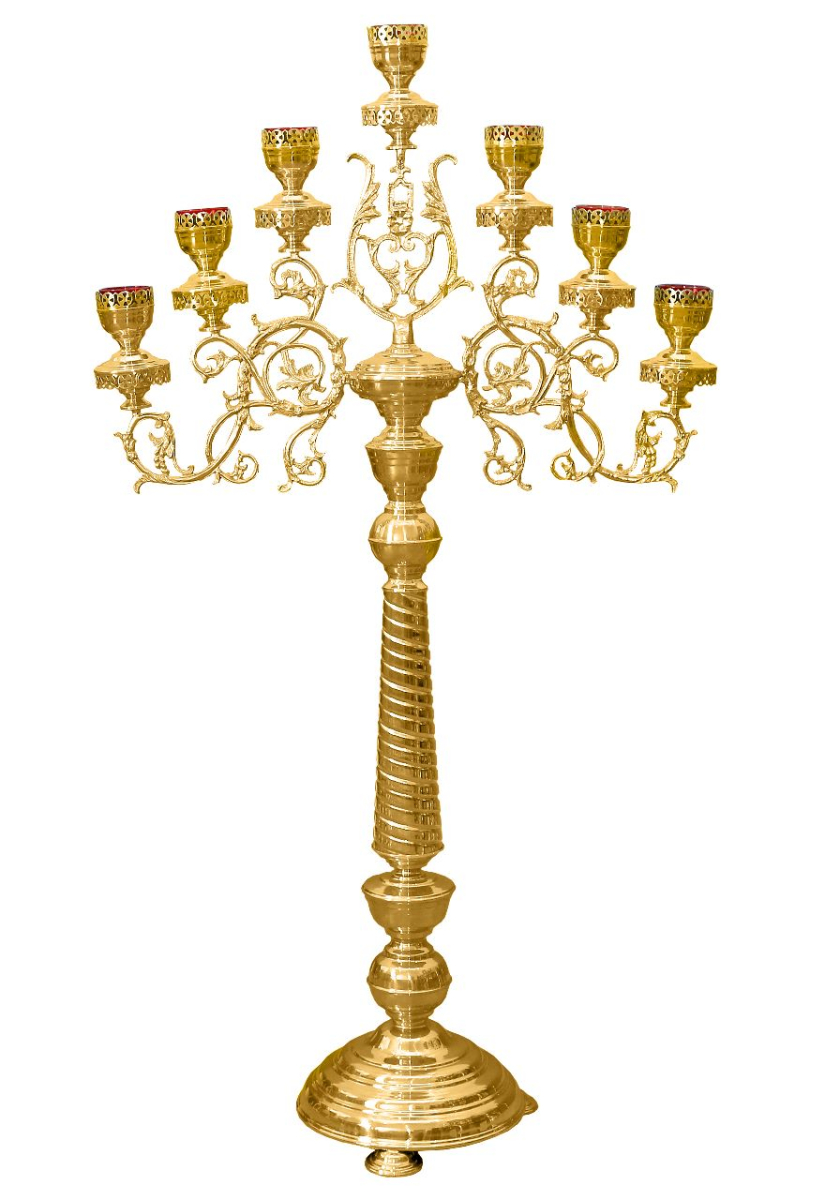
Candelabrum
A large ornamental candlestick holder with several branches and each branch supporting a candle.
Cannibalism
Eating one's own species. Also called necrophagia.
Canopy
A roof like structure projecting from the outside wall over the driveway allowing passengers to board and alight from vehicles without being directly exposed to the elements - sometimes construed as a portable canvas shelter used to cover the grave area during committal service.
Casket
From the French term 'casse' meaning 'jewel box’ or container for something valuable; came into dominant use in patent literature for burial receptacles in 1890's in America. A rigid container which is designed for the encasement of human remains and which is usually constructed of wood, metal, fiberglass, plastic, or like material, and ornamented and lined with fabric. (FTC definition)
Casket Bearers, Active (Active Pallbearers)
Individuals whose duty is to carry the casket when necessary during funeral service. Casket Bearers in some sections of the country are hired and in other sections are close friends and relatives of the deceased.
Casket Coach Or Funeral Coach Or Hearse
A motor vehicle designed and used for the conveyance of casketed or uncasketed human remains.
Casketing
Placing the body in the casket upon completion of embalming, dressing and cosmetizing.
Casket Manufacturers Association
Organization of the casket manufacturers intended to facilitate sharing of information (now known as the Casket and Funeral Supply Association)
Casket Piece
Usually a floral arrangement is placed on the casket to adorn it during the services, supplied by either the family, friends or the funeral home.
Casket Rack
A device which allows caskets to be placed one on top of the other for display purposes.
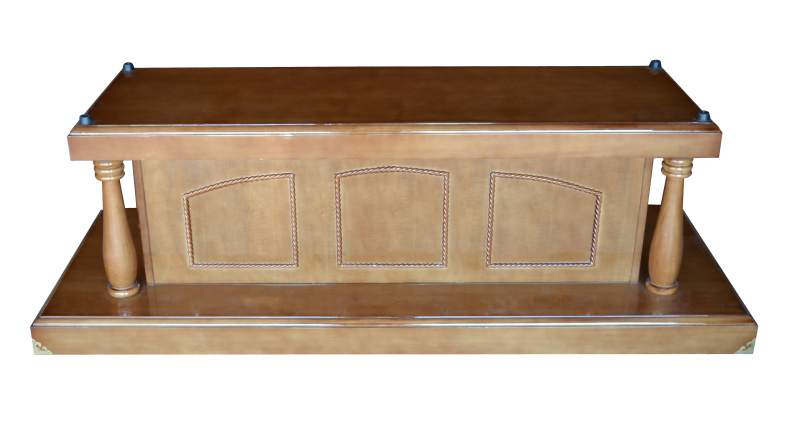
Casket Standard
A bier.
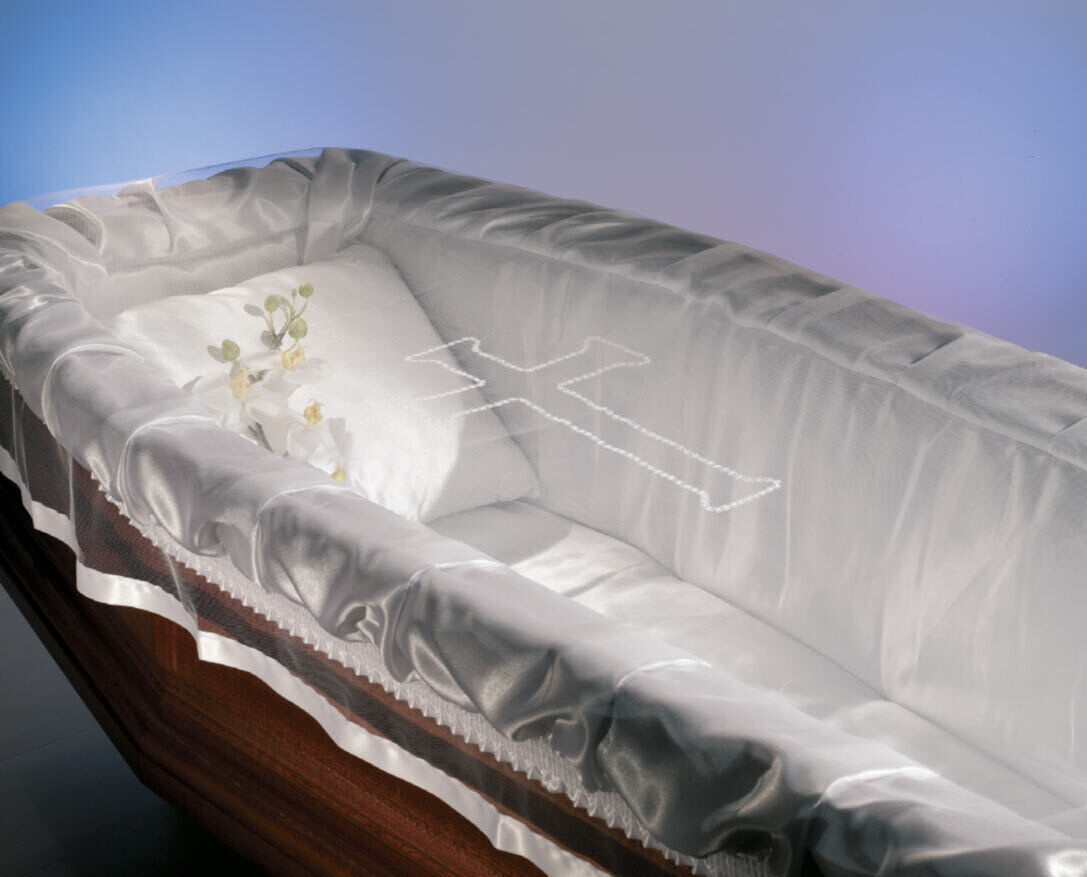
Casket Veil
A silk or net transparent covering for the casket for the purpose of keeping flies and other insects from the remains.
Catacombs
An underground cemetery of rooms or galleries with recesses for burial purposes.
Celebrant
The officiant who celebrates the mass.
Cemetery
From the Greek koimeterion, literally a "sleeping place" or "dormitory". An area of ground set aside and dedicated for the final disposition of dead human remains. In America, the term refers to non-native Americans (as opposed to American Indians). In Latin American culture known as "campo santo," or holy field.
Family Cemetery
A small, private burial place for members of the immediate or extended family; typically found in rural areas, and often, but not always, near a residence; different from a family plot, which is an area reserved for family members within a larger cemetery.
Memorial Park
A cemetery of the 20th century cared for in perpetuity by a business or nonprofit corporation; generally characterized by open expanses of greensward with either flush or other regulated gravemarkers; in the last half of the 19th century, those with flush markers were called "lawn" cemeteries.
Military Cemetery
A burial ground established for war casualties, veterans, and eligible dependents. Those established by the Federal government include national cemeteries, post cemeteries, soldiers: lots, Confederate and Union plots, and American cemeteries in foreign countries. Many States also have established cemeteries for veterans.
National Cemetery
One of 130 burial grounds established by the Congress of the United States since 1862 for the interment of armed forces servicemen and women whose last service ended honorably. Presently, the Department of Veterans Affairs maintains 1 14, the National Park Service (Department of the Interior) administers 14, and the Department of the Army has responsibility for two.
Potter's Field
A place for the burial of indigent or anonymous persons. The term comes from a Biblical reference: Matthew 27.7.
"Rural" Cemetery
A burial place characterized by spacious landscaped grounds and romantic commemorative monuments established in a rural setting in the period of the young republic and at the dawn of the Victoria era; so called for the movement inspired by the American model, Mount Auburn Cemetery (1831) in the environs of Boston; a cemetery developed in this tradition.
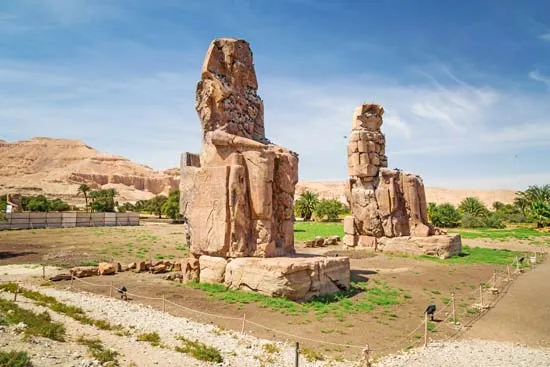
Cenotaph
Literally "an empty tomb". A monument erected to the memory of the dead, with the dead human body not present.
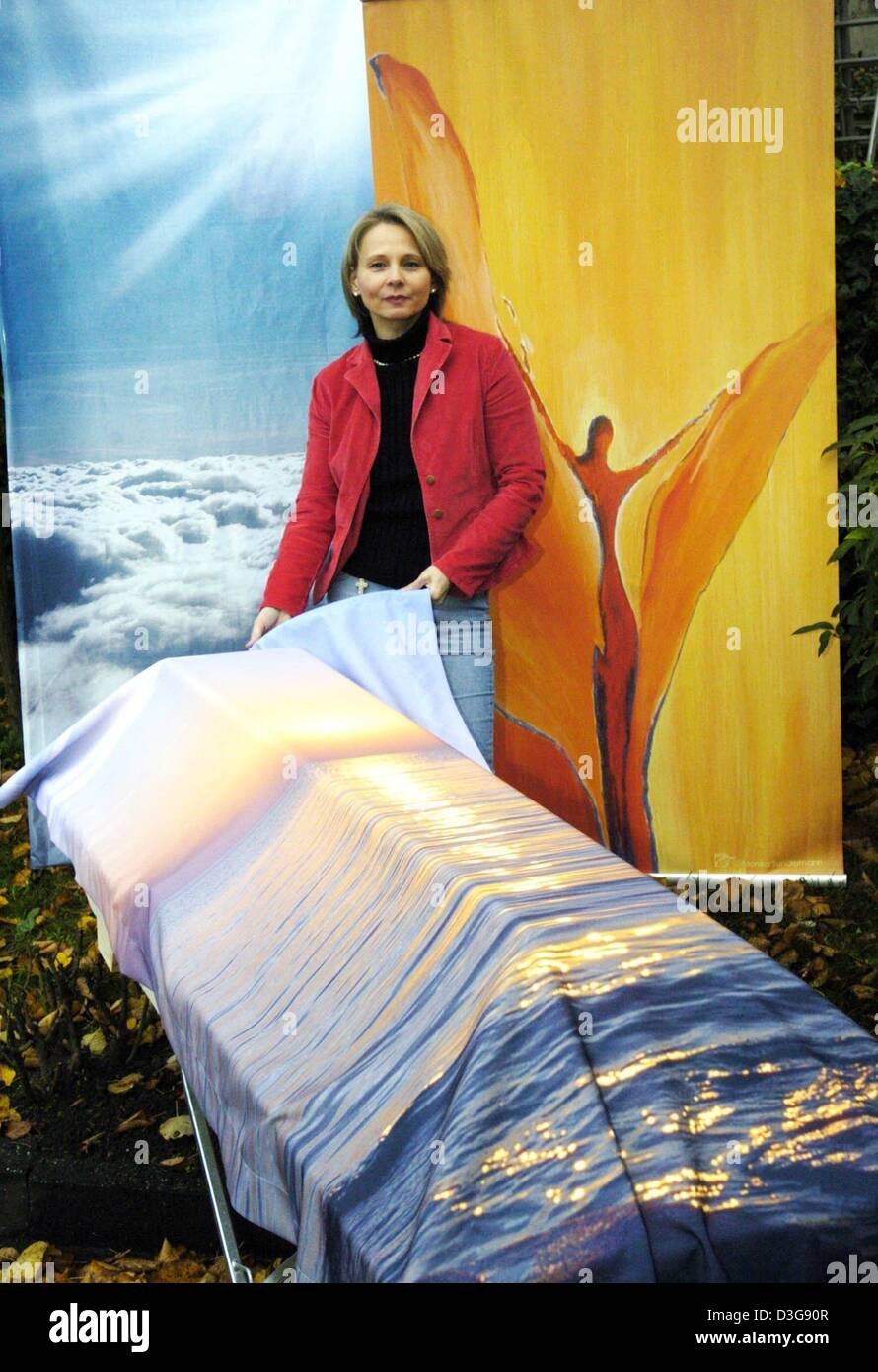
Cerecloth
Fabric used to cover a corpse soaked in adhesive to hold it close.
Certified Copy Of Death Certificate
A legal copy of the original death certificate.
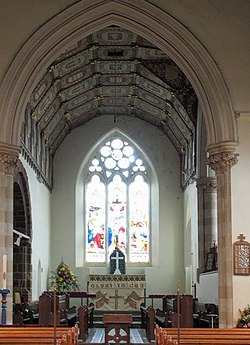
Chancel
The place about the altar of the church, usually enclosing the clergy and other officials. It does not include the altar.
Chapel
A building or an area of a building in which services are conducted.
Chaplain
An ecclesiastic attached to the chapel of an institution, military unit, fraternal organization, etc.
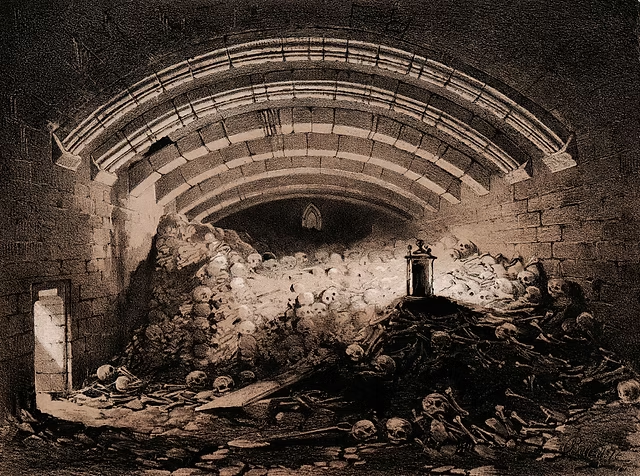
Charnel (House)
A place for storing bones or corpses.
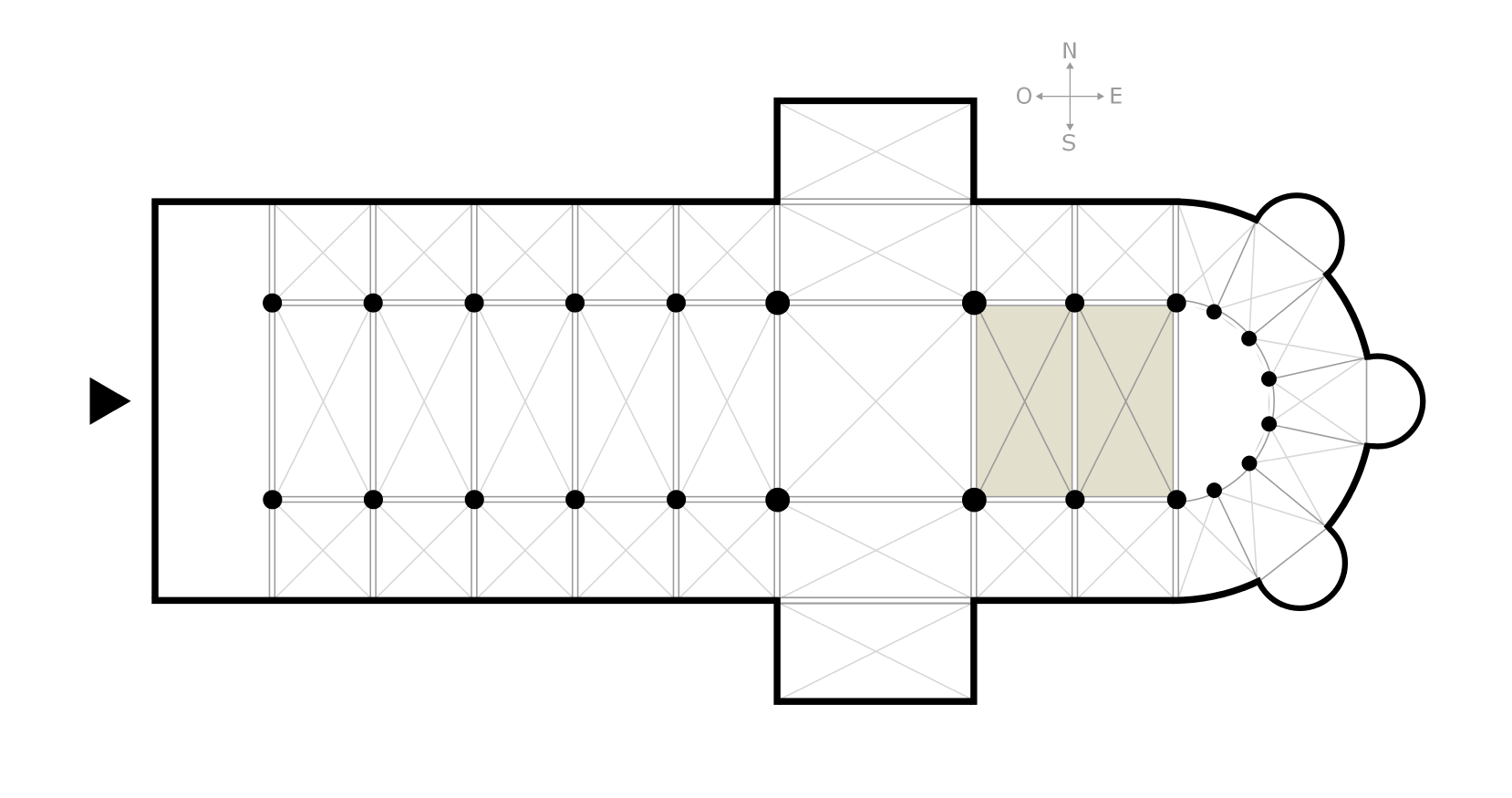
Choir
The part of a cruciform church left of the crossing.
Christian Burial Permit/Priestly Lines
A letter from a priest stating the eligibility of a deceased person for funeral rites of the Roman Catholic Church.
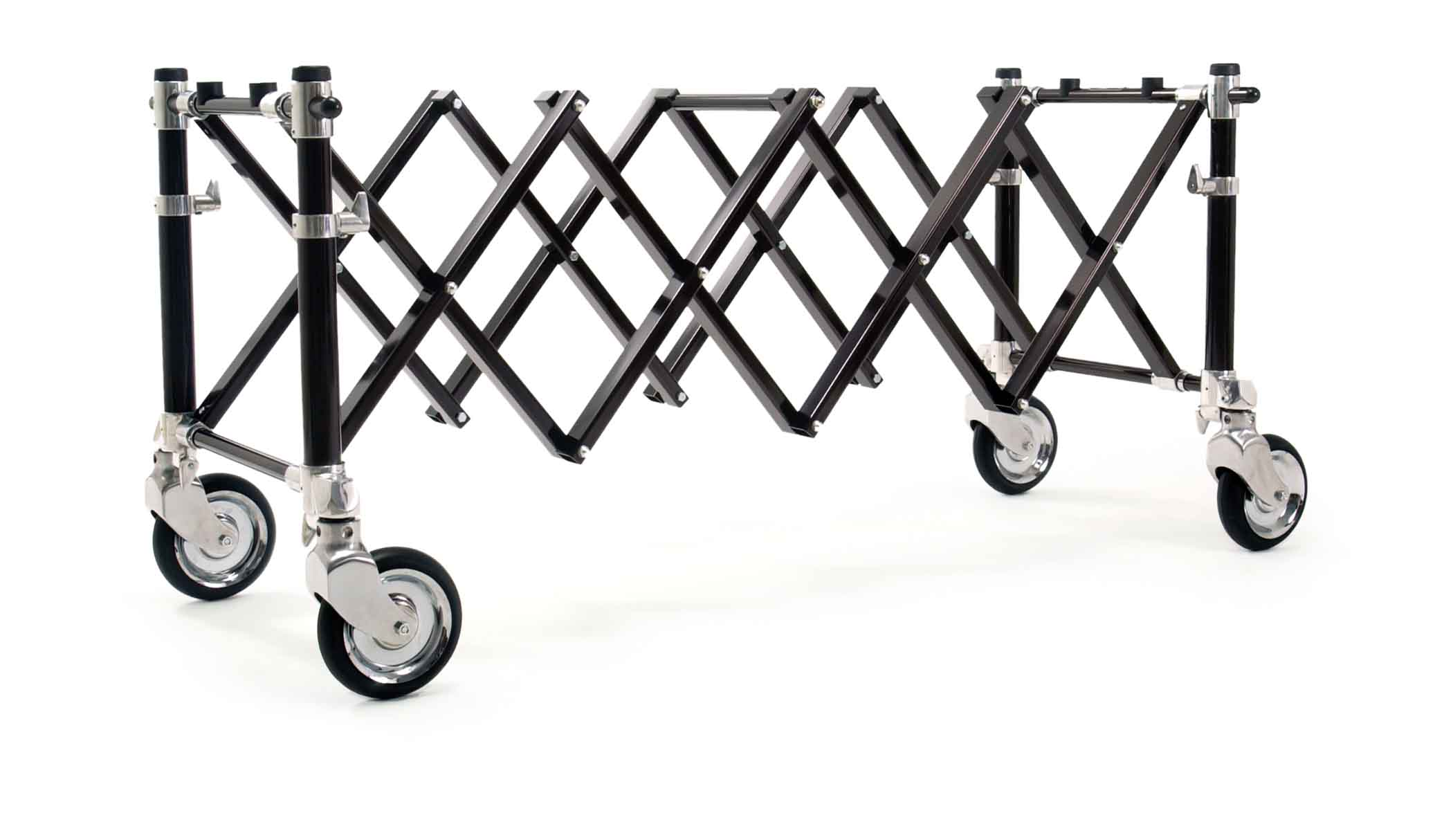
Church Truck
A collapsable, portable bier
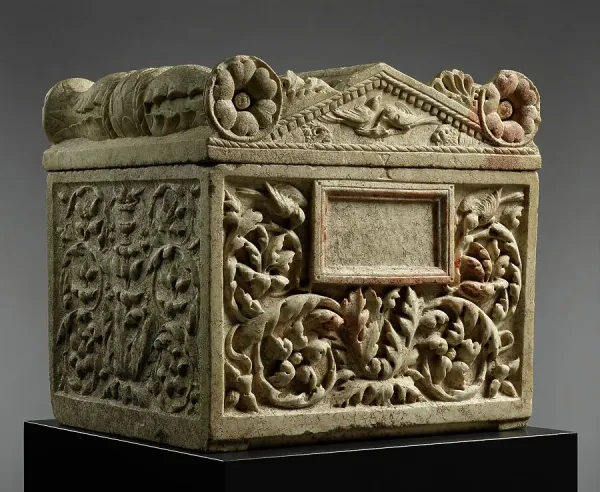
Cinerarium
Place for storing ashes, kept in cinerary jars or urns.
Clientele (Clients)
Those who seek professional help and advice.
Code Of Ethics
Self-imposed rules of conduct specific to the group only.
Codicil
An addition or qualification of a last will and testament.
Coffin
From the Greek kophinos meaning "a lidded basket or box." An anthropoid shaped receptacle into which human remains are placed; an outmoded term for a casket.
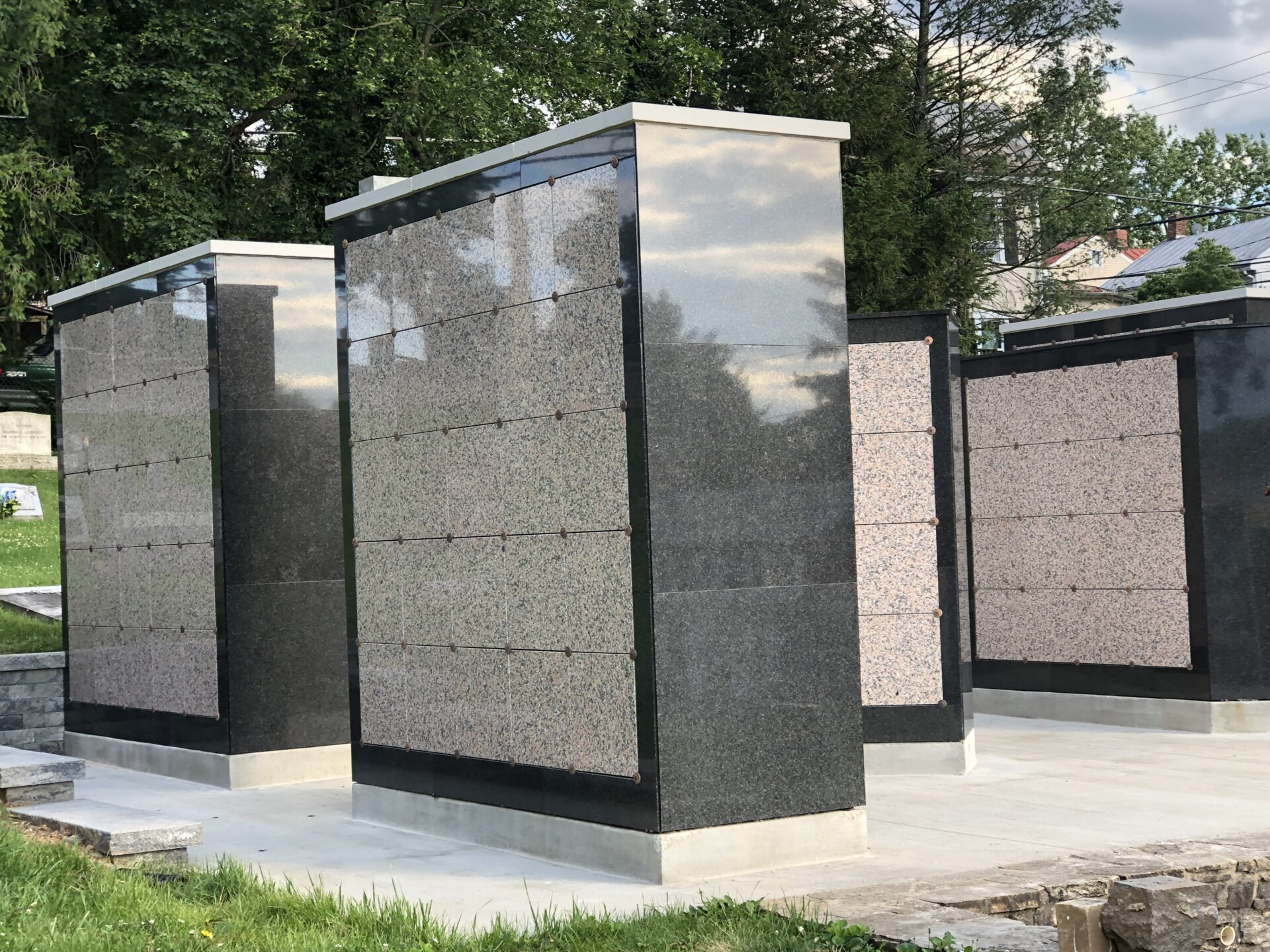
Columbarium
Originally a dovecote or a place where the birds nested. A structure, room or other space containing niches, or recesses, used to contain cremated remains.
Committal Service
That portion of a funeral service which is conducted at the place of interment or other method of disposal of dead human bodies.
Contumulation
The sharing of a grave or a tomb.
Coroner
A public officer who may or may not be an MD., whose chief duty is to investigate a death when the question of accident, suicide or homicide may be evident or where there was no doctor in attendance.
Corpse
From the Latin word meaning simply "body". A dead human body.
Corpus Christi or Crucifix
A cross with the image of Christ attached; a crucifix.
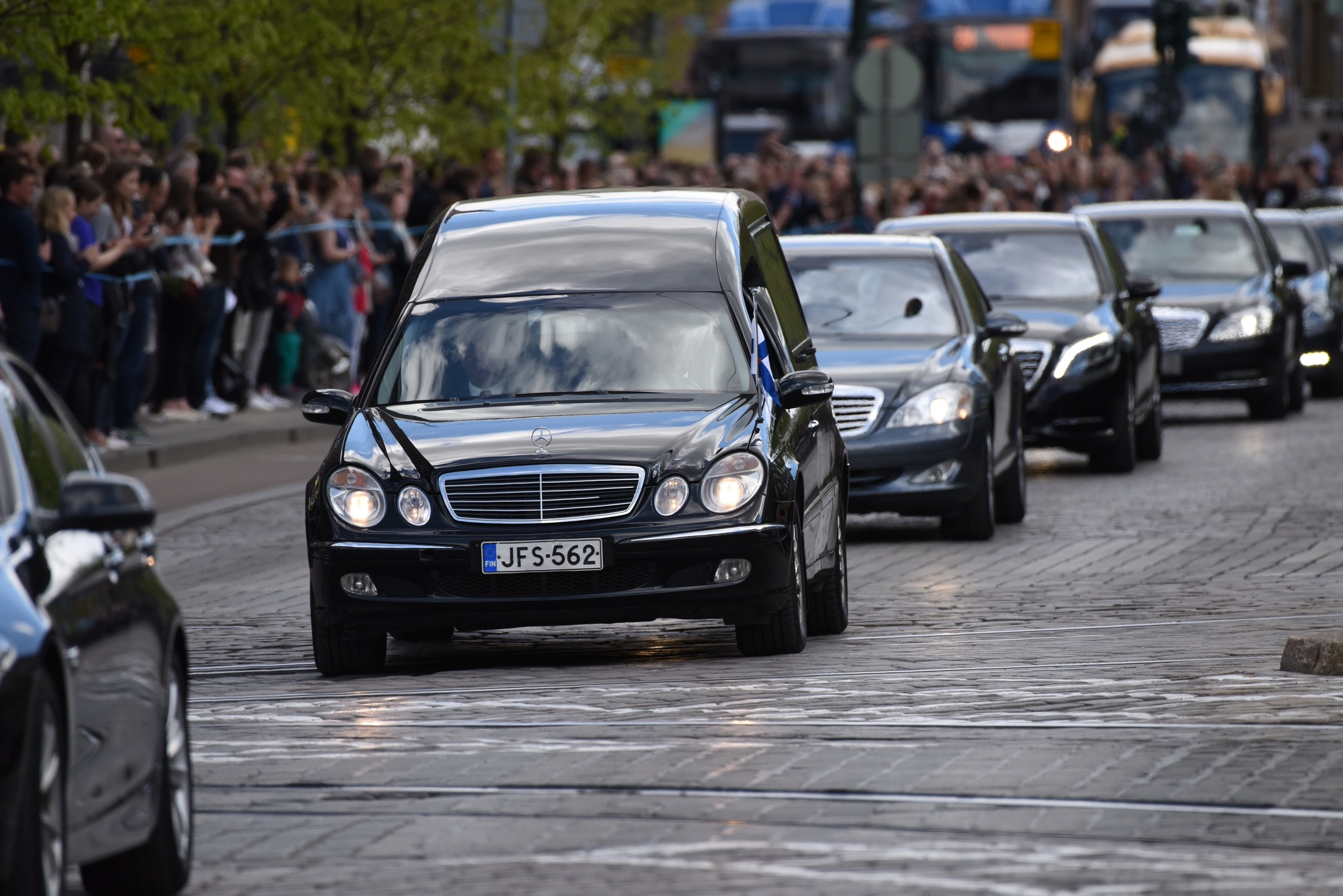
Cortege
A procession.
Cosmetology
Utilization of cosmetics to restore life like appearance to the deceased.
Cot
A portable stretcher commonly employed in ambulance and service cars for removing sick, injured or deceased persons.
Cremation
The reduction of a dead human body into inorganic bone fragments by intense heat in a specifically designed retort or chamber.
Cremation
Method of disposing of the dead body via fire; first attributed to the ancient Greeks.
Cremation Association Of North America (CANA)
Founded in 1913, CANA is an international organization of cemeterians, cremationists, funeral directors, industry suppliers and consultants. CANA was originally formed to promote cremation as a modern, safe and hygienic way of dealing with a dead human body.
Cremationists
People who advocate the practice of cremation.
Cremation Permit
a certificate or endorsement to a death certificate and/or burial transit permit, issued by a local government, giving their permission for cremation of the deceased.
Cremation Society
A memorial or burial group focusing on cremations.